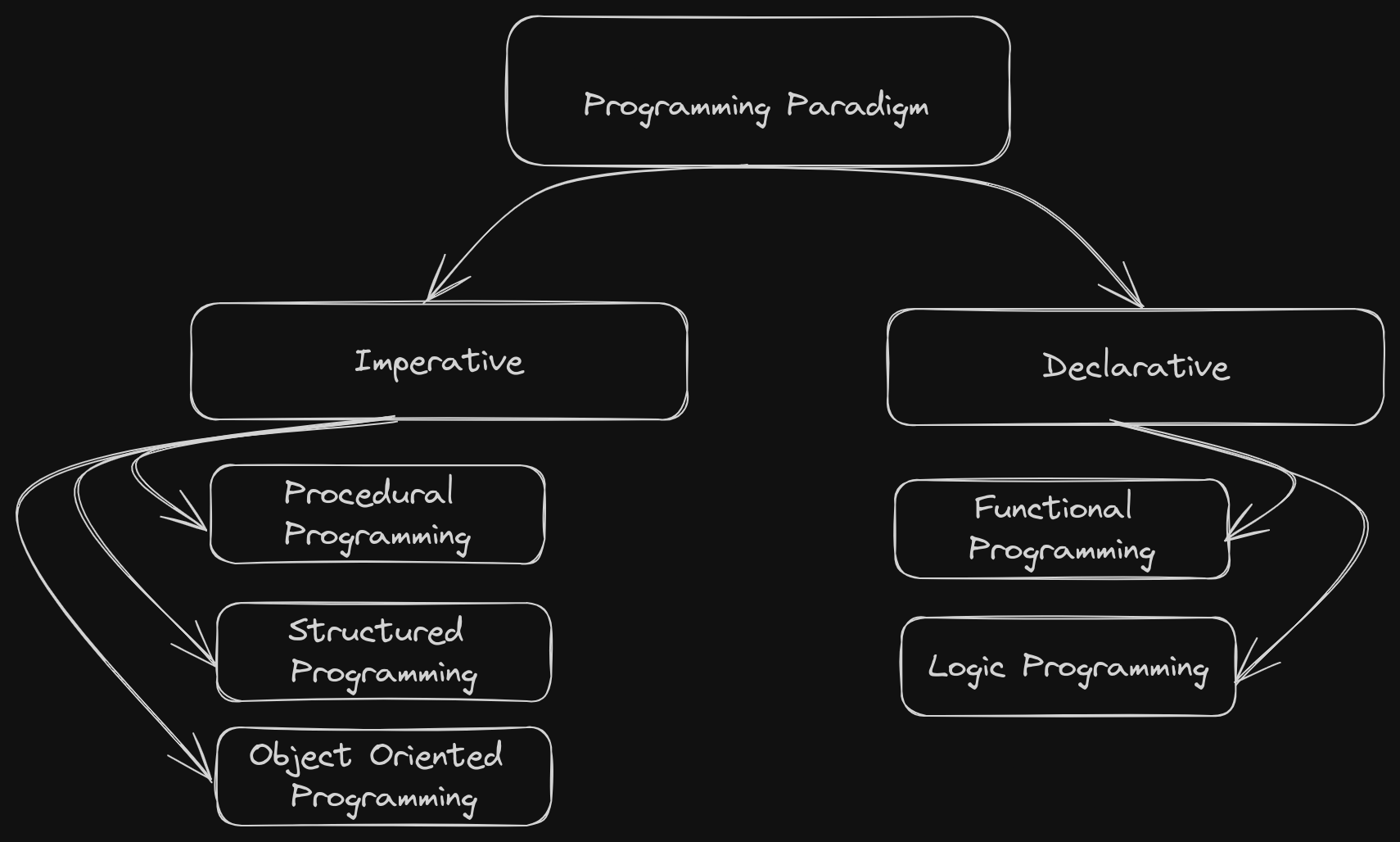Programming Languages
basic things about programming languages
Programming Languages
Programming languages are the backbone of the digital world, serving as the bridge between human creativity and computer execution.

The Towering Differences
-
Paradigms When we read about programming languages, we see that each one adhere to specific programming paradigms. We have basically two programming paradigms: ** Imperative ** Declarative
-
Syntax Syntax is the set of rules that dictate how code is structured.
-
Typing System Programming languages can be statically typed or dynamically typed. The choice affects both development and runtime behavior.
Varied Use Cases
-
Web development JavaScript, HTML, and CSS are the backbone of web development.
-
Data Science and Machine Learning Python has emerged as the king of data science and machine learning, with libraries like NumPy, Pandas, and TensorFlow making complex data analysis and modeling accessible.
-
Systems and Game Development C++ and Rust provide the raw power needed to build high-performance game engines and system software.
Evolution Over Time
-
First Generation Languages Languages like Assembly were the first generation of programming languages, providing low-level control over computer hardware.
-
Second Generation Languages COBOL and Fortran were second-generation languages, designed for business and scientific computing, respectively.
-
Third Generation Languages Languages like C and Pascal brought significant advancements in abstraction and portability.
-
Fourth Generation Languages SQL and Python exemplify fourth-generation languages, designed for database queries and high-level scripting.
Key Considerations: Security, Memory, and Performance
- Security
- Memory Safety Languages like Rust provide built-in memory safety features, making it harder to introduce memory-related vulnerabilities like buffer overflows.
- Input Validation Secure languages like Java have robust input validation mechanisms to prevent common security vulnerabilities like SQL injection and cross-site scripting.
- Memory Comsumption
- Gargage Collection Languages like Java and C# rely on garbage collection to manage memory, which can lead to occasional performance overhead.
- Manual Memory Management Languages like C and C++ give developers direct control over memory, but this power comes with a risk of memory leaks and segmenation faults.
- Performance
- Speed of Execution Low-level languages like C and assembly offer exceptional performance due to their proximity to the hardware.
- Just-In-Time Compilation Languages like Java and C&# use just-in-time compilation to achieve a balance between performance and portability.
Examples to Illustrate Concepts
- Security Consider the difference between a C program and a Java program for web development. The former may be prone to buffer overflow attacks, while the latter’s strict type system and runtime environment offer enhanced security.
- Memory Comsumption Compare a Python script with a C++ application handling large datasets. The Python script’s garbage collection may lead to higher memory comsumption, while the C++ program can fine-tune memory usage.
- Performance Develop a simple image processing application in both Python and C, and benchmark the execution time. The C program is likely to significantly outperform Python to its lower-level nature.
